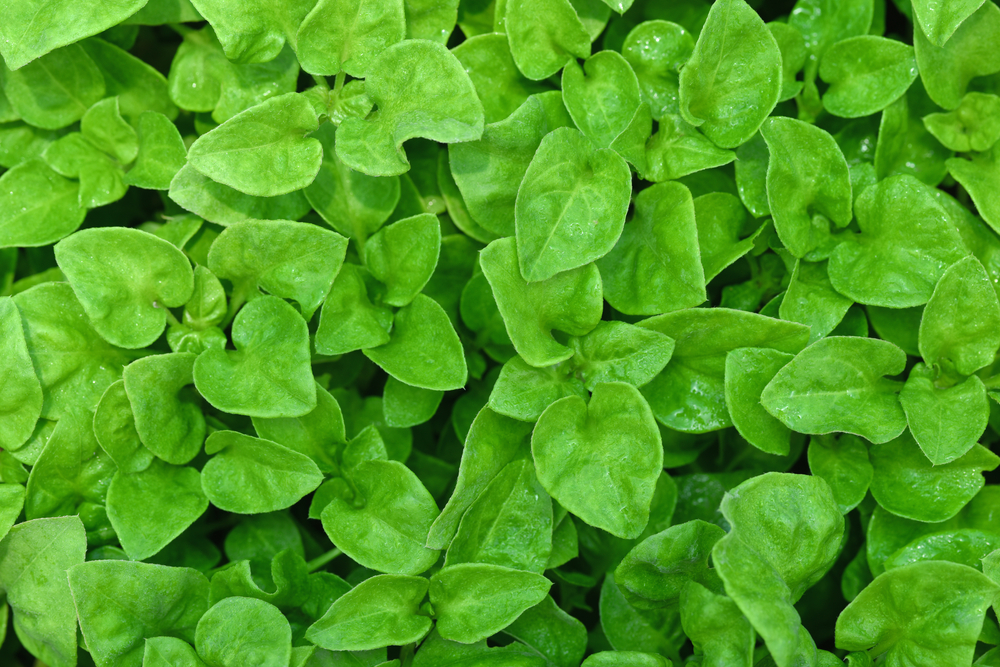Modern nutritional science demonstrates how certain vegetables provide exceptional nutrient concentrations relative to their caloric content. Research reveals watercress’s remarkable ability to deliver maximum nutritional benefits in minimal calories, earning it top ranking among powerful produce options.
Biochemical benefits
Watercress stands out due to its rich biochemical profile. Scientific research highlights its high concentration of essential vitamins, minerals, and antioxidants that contribute to overall wellness. Packed with vitamin K, vitamin C, vitamin A, calcium, and iron, this leafy green provides the necessary components for optimal health. Studies show that its phytochemicals and polyphenols enhance immune function, reduce inflammation, and promote cellular repair.
The bioactive compounds in watercress, including glucosinolates, have been associated with potential cancer-fighting properties. When consumed, these compounds break down into isothiocyanates, which research suggests may play a role in detoxifying harmful substances in the body. The combination of antioxidants and anti-inflammatory agents supports heart health and cognitive function, making watercress a valuable addition to a balanced diet.
Comparative nutritional value
Scientific analysis places watercress at the top of the Aggregate Nutrient Density Index (ANDI), a ranking system that evaluates the nutritional content of foods based on their vitamin, mineral, and phytochemical content per calorie. This leafy green surpasses well-known superfoods like kale and spinach, providing superior amounts of vitamin K, which is essential for bone health and proper blood clotting.
Compared to other leafy greens, watercress contains higher levels of vitamin C than an orange, offering significant immune-boosting properties. It is also an excellent source of beta-carotene, which the body converts into vitamin A, supporting vision health and skin regeneration. In addition, its calcium content contributes to stronger bones, making it an important dietary choice for individuals at risk of osteoporosis.
Practical implementation
Watercress is more than just a garnish. Its versatility in cooking makes it easy to incorporate into daily meals while preserving its nutritional benefits. Whether blended into smoothies, added to soups, or used in fresh salads, watercress enhances meals with a slightly peppery taste and a dense concentration of vitamins and minerals.
Cooking watercress at low temperatures retains its nutritional properties, while consuming it raw maximizes its vitamin C content. It pairs well with citrus-based dressings, lean proteins, and whole grains, making it a practical ingredient for those seeking to improve their dietary habits.
Health considerations
While watercress offers numerous health benefits, it is essential to consider its interaction with certain medications. Its high vitamin K content plays a role in blood clotting, which may affect individuals taking anticoagulants. Those on blood-thinning medications should maintain a consistent intake of vitamin K to avoid fluctuations in medication efficacy.
Research also suggests that individuals with thyroid disorders should consume cruciferous vegetables like watercress in moderation, as certain compounds may interfere with thyroid hormone production when eaten in excessive amounts. However, these effects are generally mild and unlikely to impact those with a well-balanced diet.
Seasonal availability
Despite being widely available throughout the year, watercress thrives in cool, flowing water, making it most nutrient-dense when harvested in early spring and fall. Advances in hydroponic farming and controlled-environment agriculture ensure a steady supply of fresh watercress, maintaining its nutritional value regardless of the season.
Purchasing fresh, organic watercress enhances its health benefits by reducing exposure to pesticides and preserving its natural flavors. Storing it in a damp paper towel within the refrigerator can help maintain its freshness and nutrient integrity for longer periods.
Future implications
Ongoing research continues to explore additional health benefits of watercress. Emerging studies indicate that its antioxidant properties may have a role in reducing oxidative stress, a factor linked to chronic diseases such as cardiovascular conditions and neurodegenerative disorders. Scientists are also investigating its potential impact on athletic performance, as its high nitrate content may contribute to improved blood circulation and oxygen delivery.
As interest in plant-based nutrition grows, watercress remains a powerful addition to dietary recommendations. Its ability to deliver essential nutrients in a low-calorie form solidifies its place as one of the most valuable vegetables available today.
















